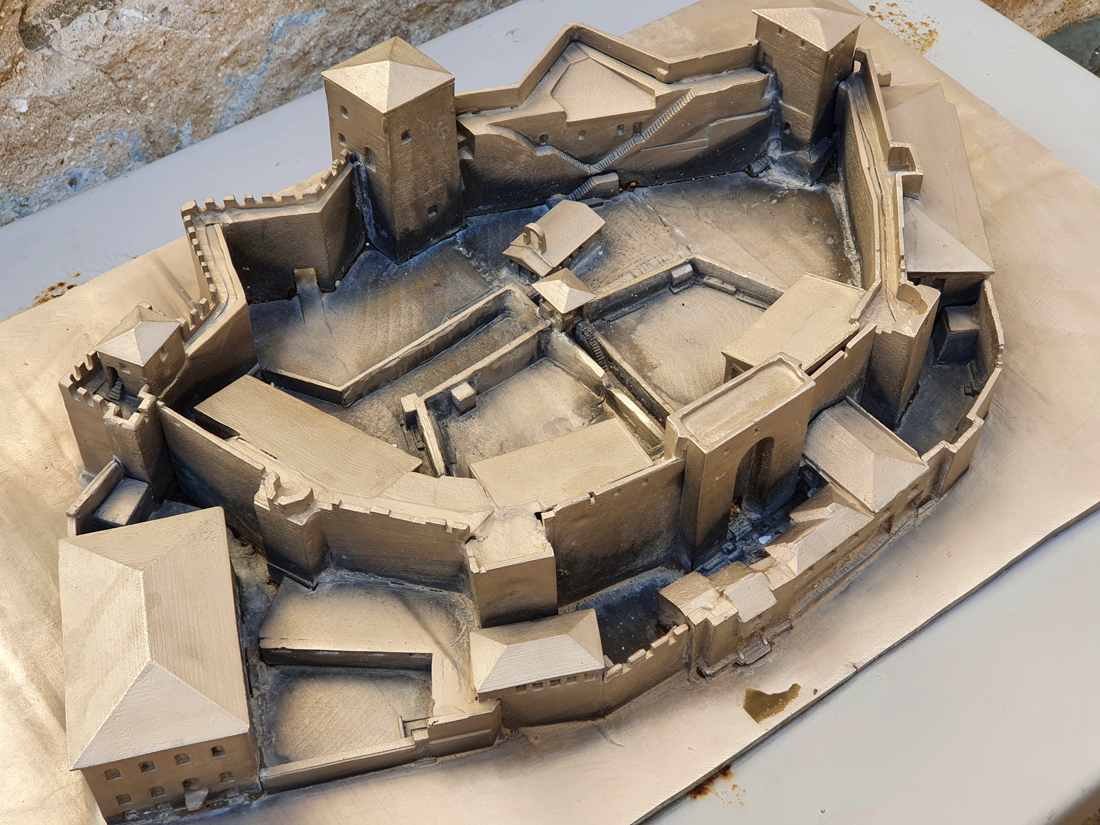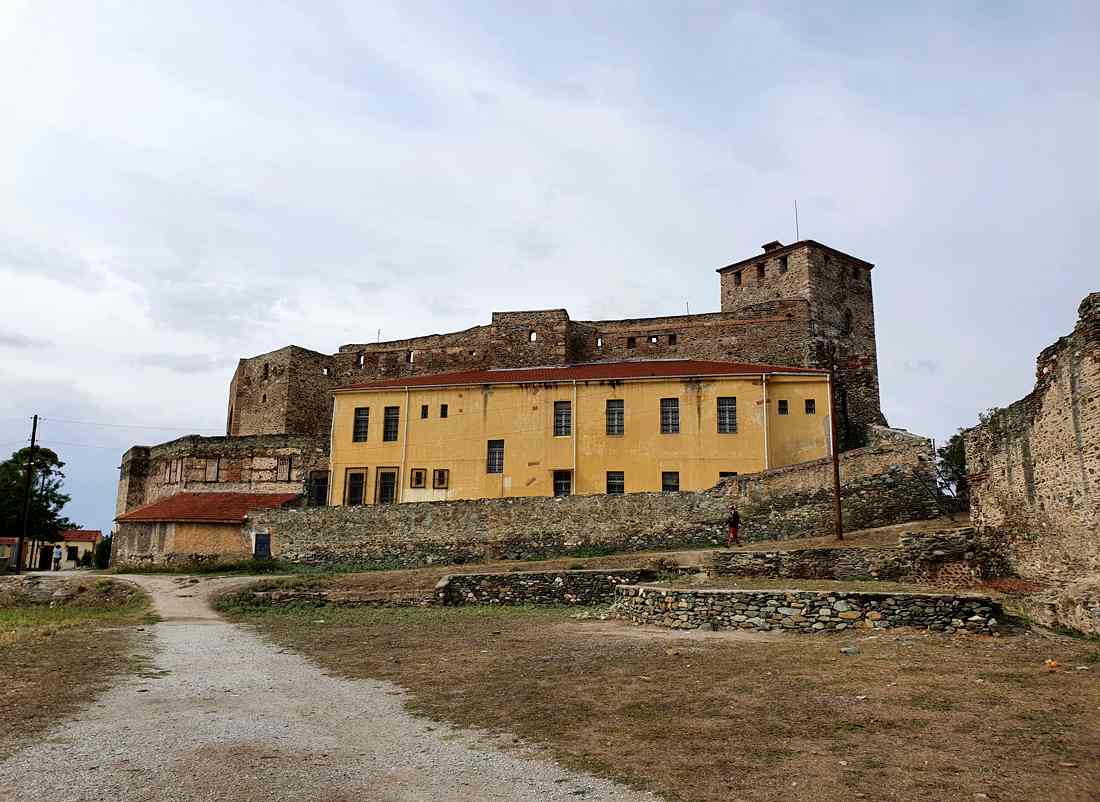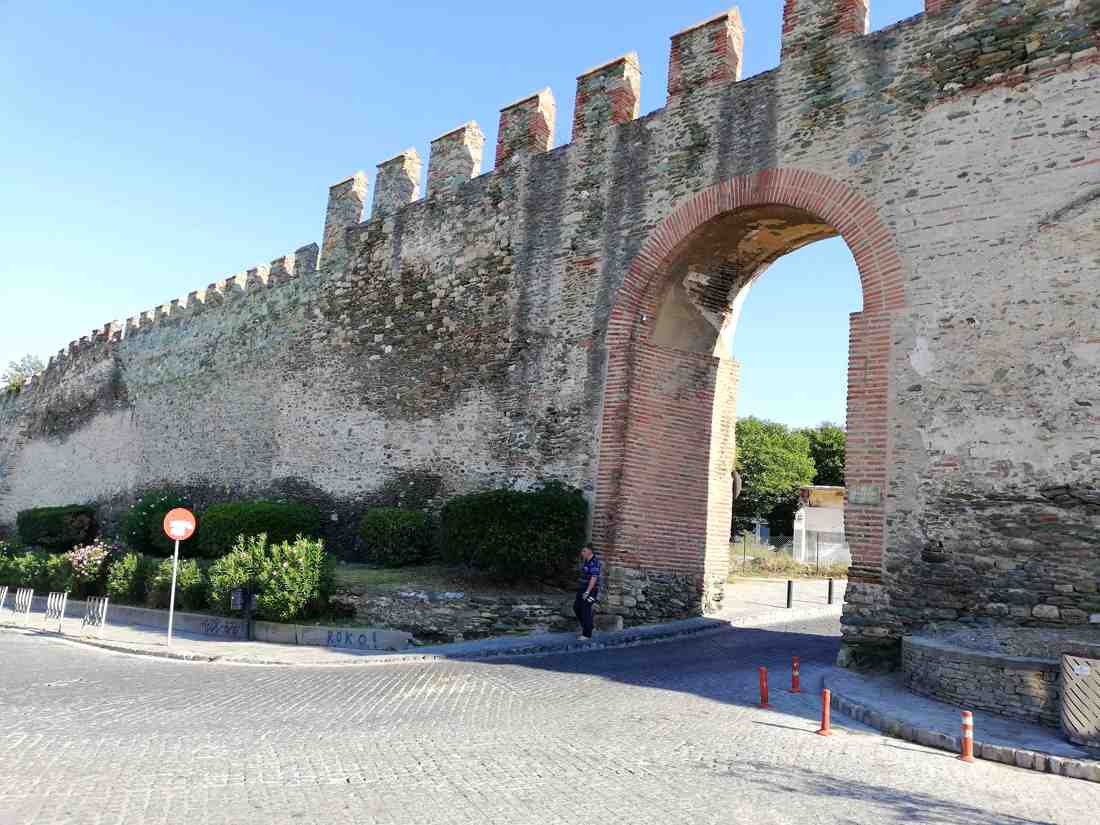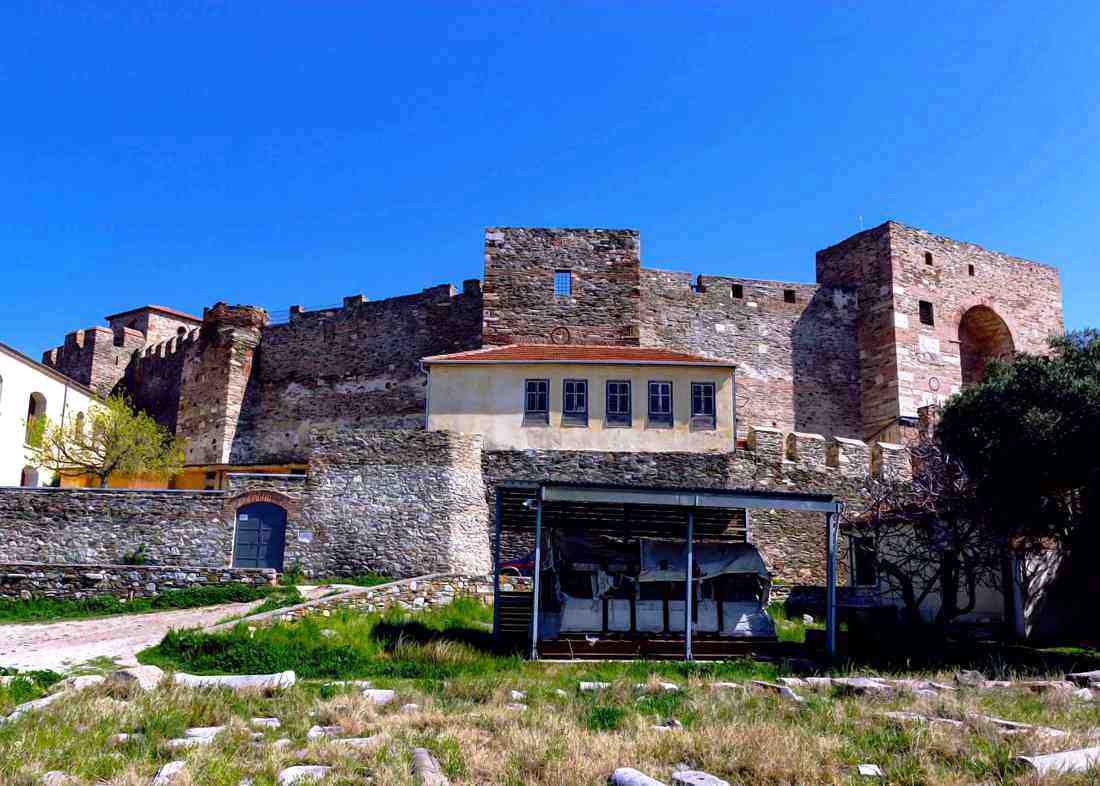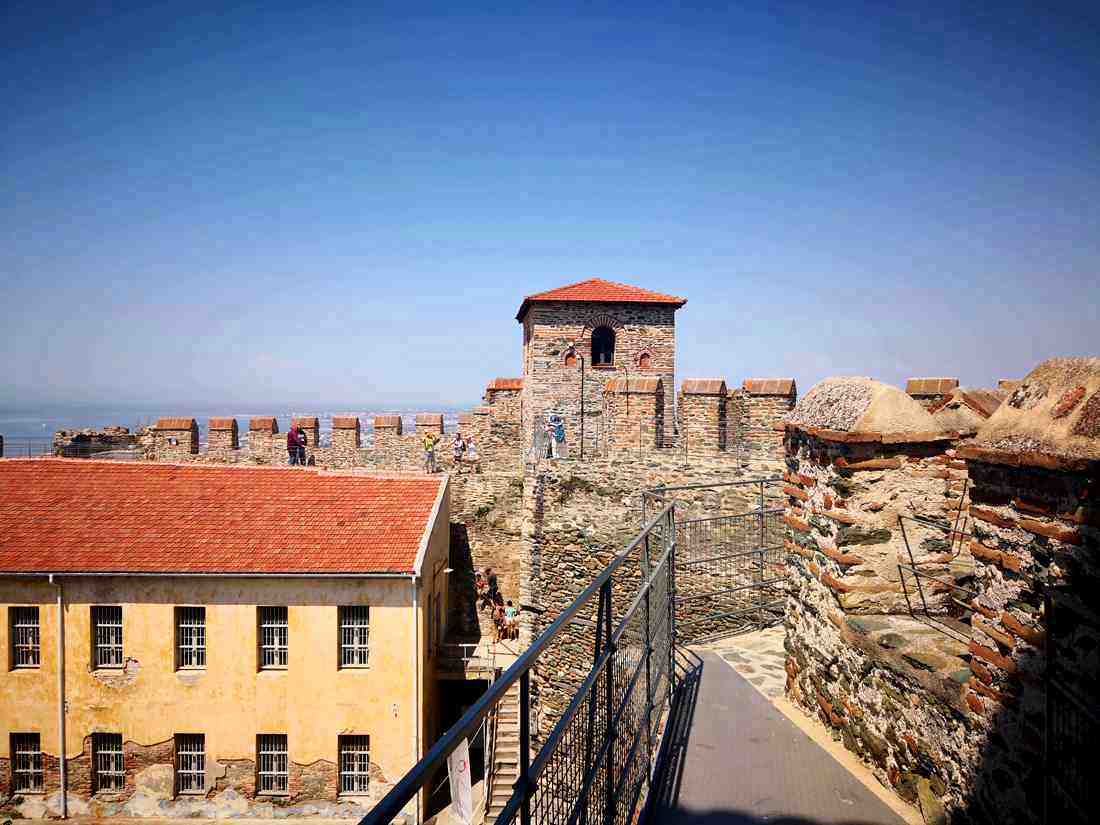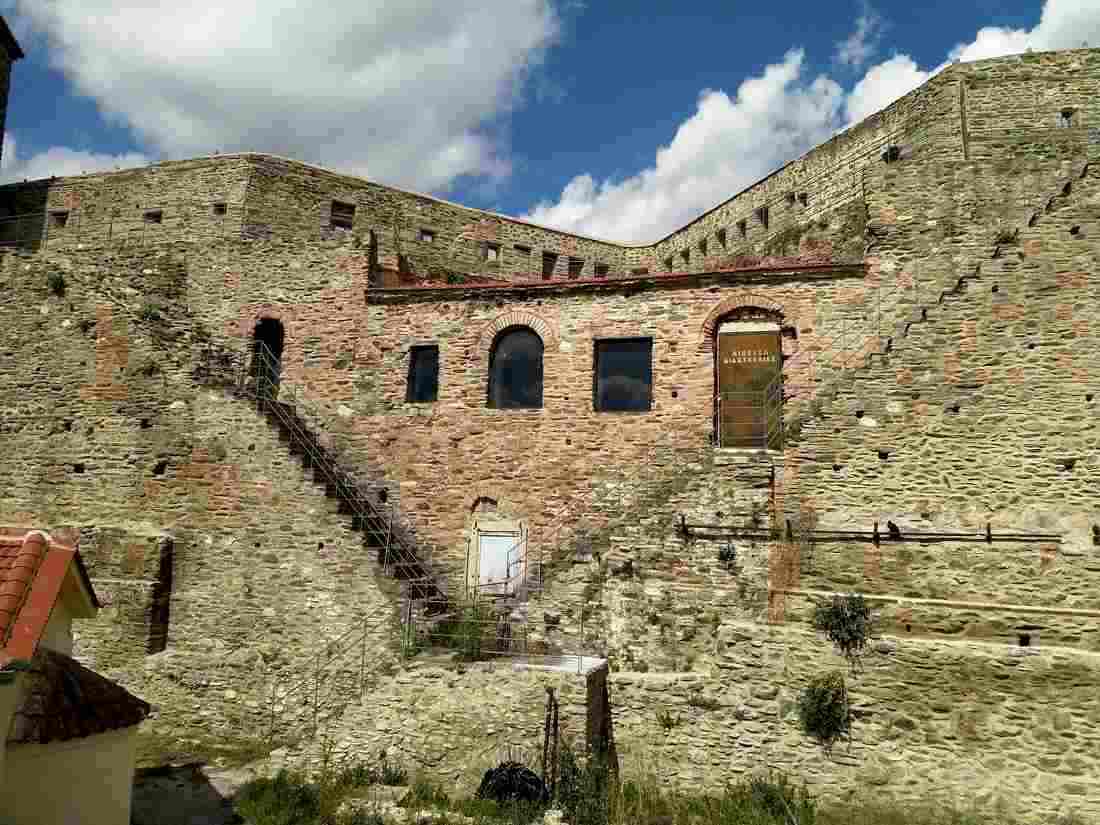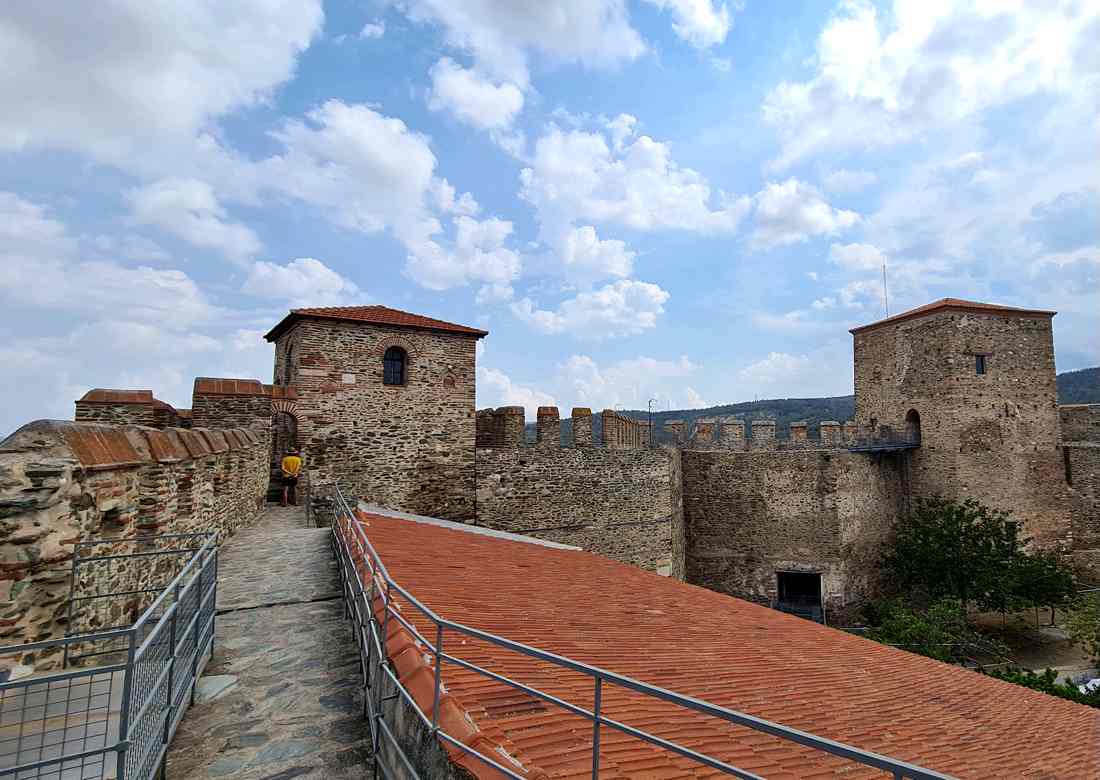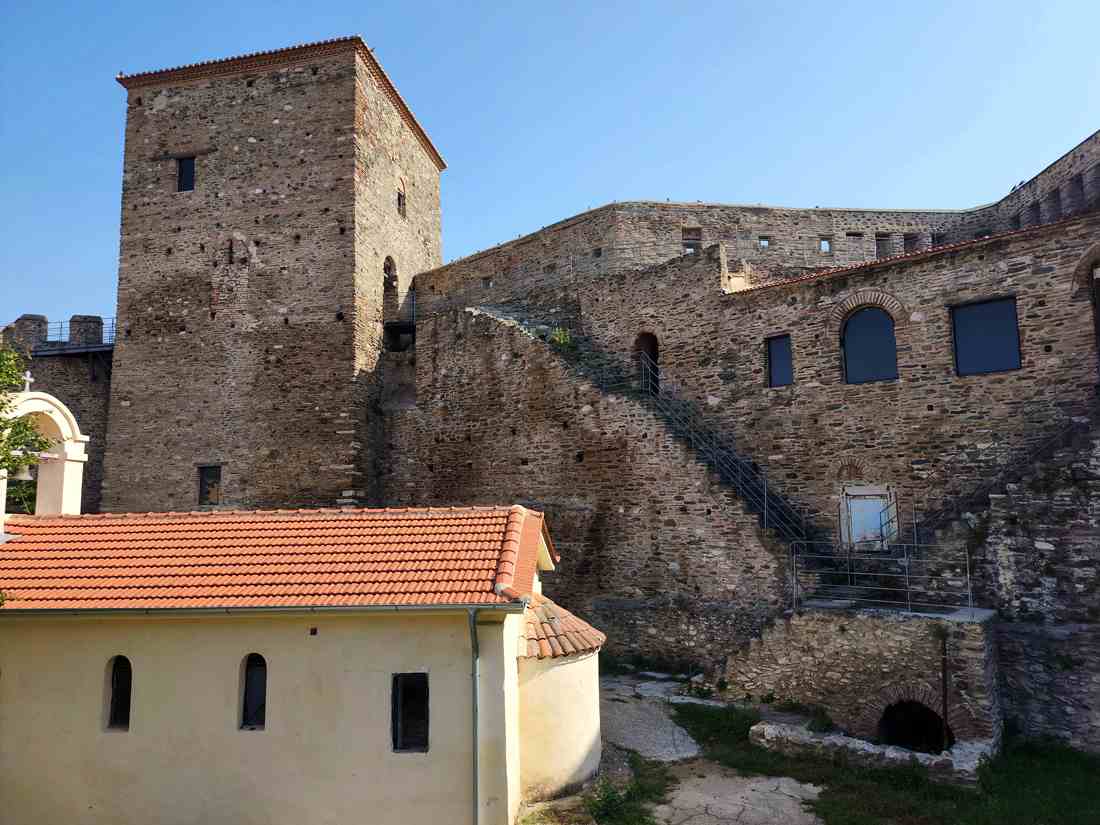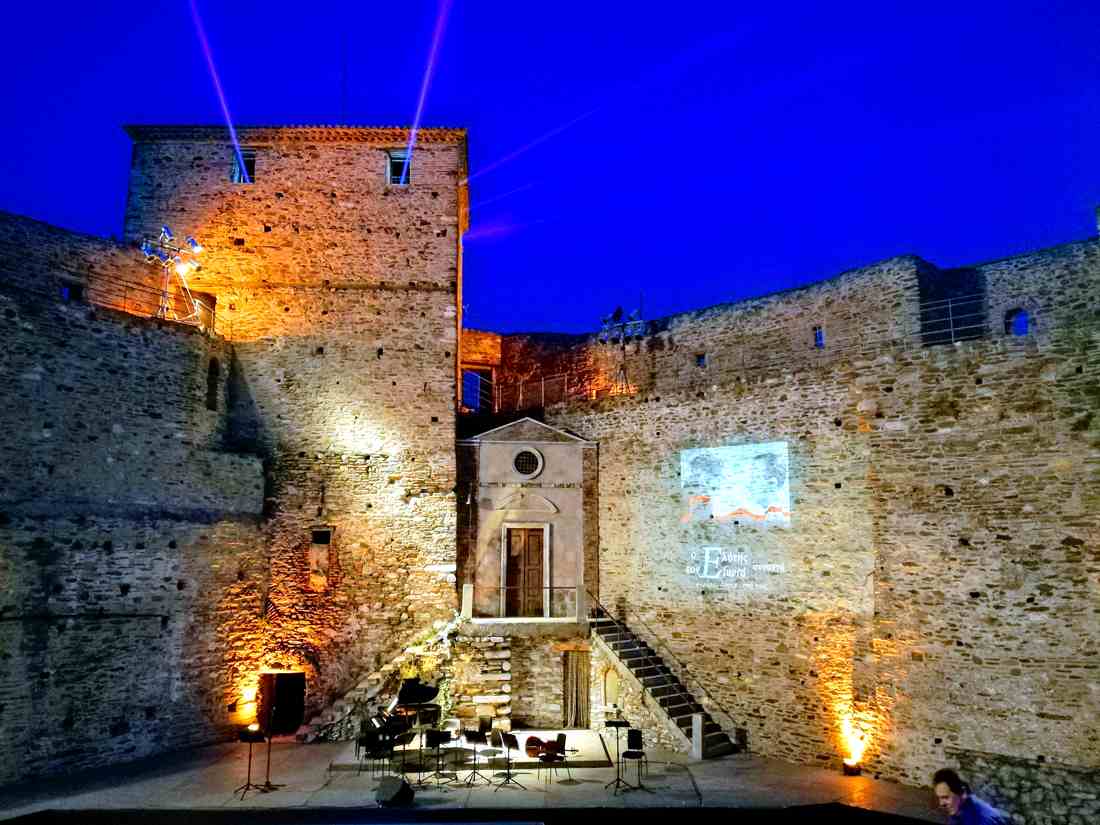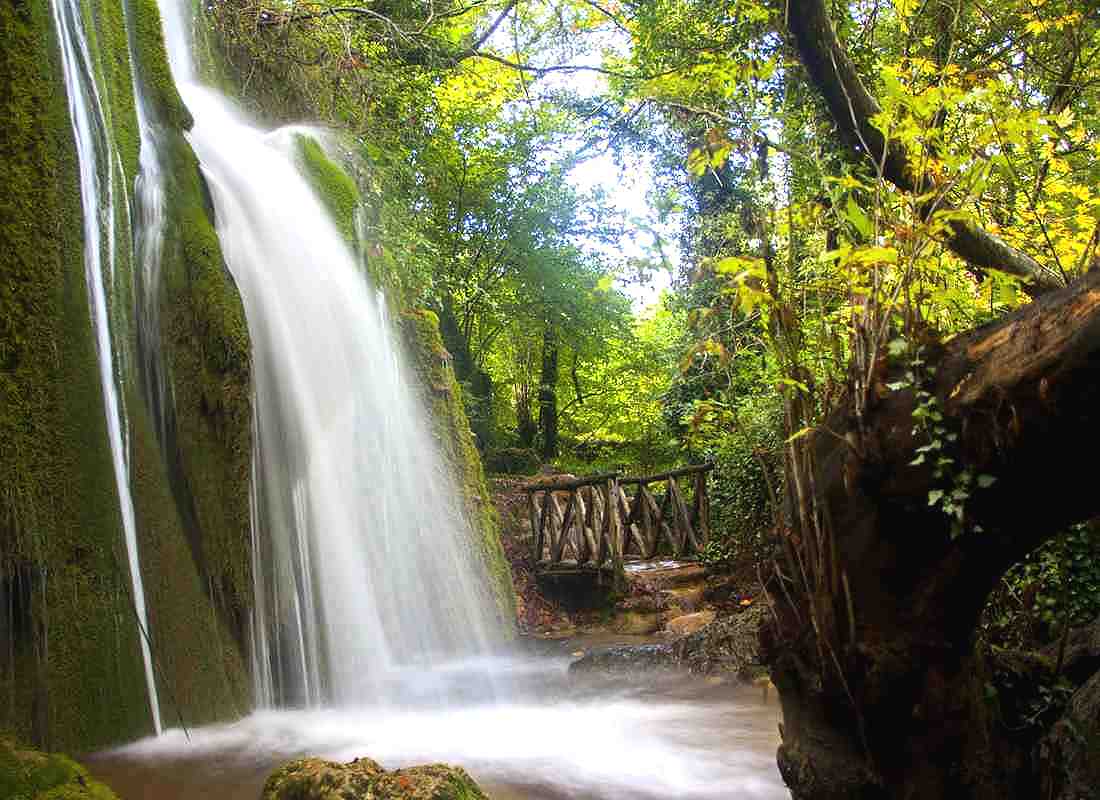
Eptapyrgio Fortress
The fortress of Eptapyrgio means Seven Towers. In ancient times, when the city was fortified, an Acropolis was created on the highest hill, where the local population hid in case of danger. The fortress was built in several periods, in the early Christian, Byzantine and Ottoman periods. The construction of the fortress was completed in the last years of the Byzantine Empire, in the era of the Paleologos dynasty 1261–1453 years. If you look closely, you will notice ancient elements embedded in the walls of marble blocks from different eras and with different engravings. The fortress consists of 10 towers, 8 of which are quadrangular in shape and 2 are triangular. Of interest are the marble slabs above the central entrance, with characteristic inscriptions in Turkish, dated 1431. The fortress was radically rebuilt after the Ottoman conquest of the city in 1430, as evidenced by the inscription at the entrance to the central gate. The plan of the fortress resembles an unfolded fan, with alternating square and triangular towers. Originally, the northern walls of the fortified Acropolis served as a defense for the city. Subsequently, this part of the fortress was enclosed on the southern side and an autonomous fortified bastion was formed. Up to the 19th century, the fortress retained its defensive purpose, but with the development of military technology, the fortress lost its usefulness. In 1912 the city of Thessaloniki was liberated from the Ottoman Empire, but the Eptapyrgio fortress continued to be used, but now as a prison until 1989.
Guest reviews
You may also be interested in similar information
White Tower
Thessaloniki, Greece
Skra Waterfalls
Thessaloniki, Greece


